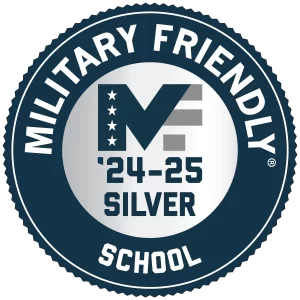Safety is essential for anyone on the road, but commercial drivers need to be even more aware due to the larger size of their vehicles and the greater amount of time they spend on the road. One of the situations which you’ll need to know how to safely navigate as a professional driver is trucking at night.
Here are some tips for safe night driving:
1. Be Mindful of Fatigue
Many people understand just how dangerous driving while tired is. Fatigue reduces your ability to react quickly to changes in road conditions, and it only takes a moment for you to miss something crucial.
While you may see “tricks” online that are meant to help you stay alert if you’re driving while fatigued, the truth is that the only true solution is sleep. Even a short nap can be enough to boost your energy. In the long term, make sure you are getting enough sleep.
If you aren’t sure whether you are too tired to drive safely, it’s better to be cautious and take a break to rest up.
2. Slow Down
Speeding in a semi-truck is dangerous under any circumstances. At night, when visibility is low, it is even more so. Be mindful of your speed and when in doubt, slow down. It’s better to take a little longer to get to your destination than to rush and cause an accident.
3. Avoid Vision Impairment
Bright lights can interfere with your vision at night, and this can lead to an accident. To minimize this, reduce your dashboard lights and avoid looking directly at oncoming traffic or into any lights near the road. It should go without saying, but you also need to stay off your phone. Distracted driving is dangerous at any time of day, and at night the light of the phone screen can also impair your vision, making the situation even worse.
Additionally, make sure you keep your eyeglasses prescription up to date if you use these. As part of your required Department of Transportation (DOT) physical, the doctor will check your vision and make sure you are able to safely drive at night. If you need any follow-up appointments for vision care, be sure to keep up with these.
How Often Do Truckers Drive at Night?
The amount of night driving you’ll need to do varies. For example, if you’re a solo over-the-road (OTR) trucker, you have more control over when you drive as long as you are on time for deliveries. If you drive less-than-truckload (LTL) between terminals, on the other hand, you will often be scheduled to travel at night. No matter what path you take in your career, chances are you’ll need to drive at night at least some of the time, so it’s important to be prepared.
Earn Your CDL in Tucson
At HDS Truck Driving Institute (HDS truck driving school), we can help you earn your commercial driver’s license (CDL) in as little as four weeks. We cover a variety of topics you’ll need to know as a trucker, including how to stay safe when driving at night.






















